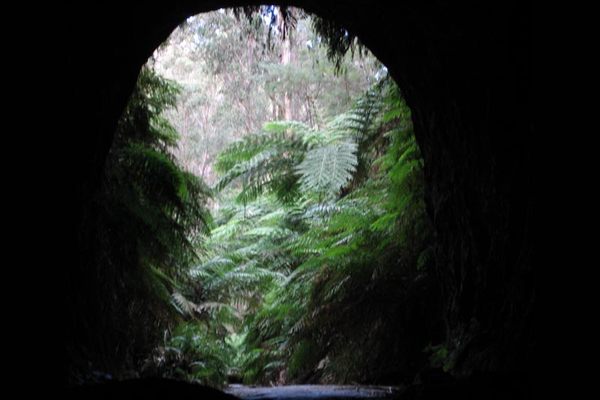About
Built by the ancient Ozieri culture between 3400 and 2700 BC, the Domus de Janas tombs on the Mediterranean island of Sardinia were the sites of elaborate funerary rituals. They got their nickname as the “houses of fairies” from later generations who imagined the mysterious square openings to be the homes of magical creatures. Jana is derived from Diana, the Roman goddess of hunting.
Although now mainly used by shepherds as sheep pens, the caves cut into the rock faces of the mountains were once sealed and elaborately adorned with red paint and bulls’ heads, representing male fertility and regeneration. Vague outlines of horns and spirals still remain on the walls of some of the Domus, although the reuse of the tombs for burials into Roman times and the Middles Ages has left few of the original sites undisturbed.
There are around 2,000 of the tombs strewn throughout the island, some single chambers, while others are more extravagant necropoleis with multiple rooms. The most extensive of these are Santu Perdu, Anghelu Ruju, Su Crucifissu Mannu, and S. Andrea Priu. In the network of tombs, there are chambers that were designed as representations of homes, with roof beams, columns, imitation wood door frames, and even, on one occasion, a hearth. False doors in the darkness, unable to be opened, represent the division between the living and the dead.
Related Tags
Know Before You Go
Turn left at the church onto Regina Elena. Proceed for 500 meters until you reach a horse trough on the left. The tombs are opposite
Flavors of Italy: Roman Carbonara, Florentine Steak & Venetian Cocktails
Savor local cuisine across Rome, Florence & Venice.
Book NowPublished
November 4, 2010
Sources
- On the Trail of the Ancient People of Sardinia: http://www.sardi.it/sardinia/orme1.htm
- Archaeology and history in Sardinia from the Stone Age to the Middle Ages: http://books.google.com/books?id=fw4XuEbKnQwC&dq
- Landscapes of Sardinia: A Countryside Guide: http://books.google.com/books?id=MqAeeLVELyAC






















